I've seen multiple different explanations on boost converter circuits, these two specifically explaining in very intimate detail how they work, and on how to calculate certain values:
How to design a boost converter? And how to specify the inductor and capacitor values?
the basic layout of a boost converter looks like this:

simulate this circuit – Schematic created using CircuitLab
In this example, the 1 volt input would be increased to a higher voltage across the resistor, which would be the load in this case.
Problem:
I need to switch a 5 volt current on the high side with an NPN switch (for many reasons this is the only switch layout available, no other layout will work as desired), so I need 7 volts to the gate to switch it, however only 5 volts are available. For this I need a boost converter that will convert 5 volts to 7 volts to be able to switch the switch
But, I'm not sure how to calculate any of the values. For example, the solutions in the links I provided use the switching time of the switch, how can I find that? What size inductor and capacitor would I need?
Also as an aside, the thing labelled "L" on the diagram, the inductor, what is it's purpose?


